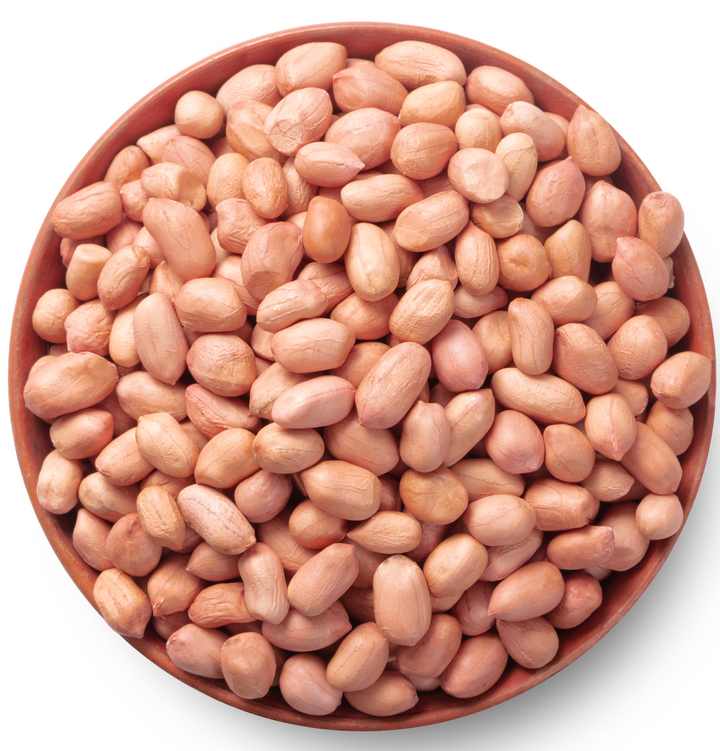Profile
Legume in focus - peanut? You have read correctly! Although it has the "nut" in its name, the peanut(Arachis hypogaea) is one of the legumes. Originally from the Andes in South America, it is now cultivated in large quantities in China, India and Nigeria. In Germany, it is on everyone's lips by December at the latest.
Usage
The peanut is characterized by a particularly high fiber and protein content, and is also rich in vitamin B3 and folic acid. It can be used in many ways: In Austria, it is mainly used in the form of various snacks or as cooking oil. Peanut butter, which originated in the USA, is also becoming increasingly popular here.
In Africa and other subtropical countries in particular, it is considered a staple food. There, it is prepared in a variety of ways: roasted directly, eaten fresh, or processed as peanut flour mixed with wheat or cassava flour to make various dishes.
Botany

If one takes a closer look at the peanut, its origin as a legume can no longer be denied. The herbaceous plant grows with a pronounced taproot system mostly upright 20 to 50 cm high. It is strongly branched at the base. These side shoots can be erect, semi-erect or creeping. The stems are alternately leafy.
The classic butterfly flowers are solitary or in clusters in the leaf axils. They are medium-sized and bright yellow in color. Peanut is a diurnal to short-day plant, meaning it begins to bloom when the days get shorter. Its flowers open in the morning and, after self-fertilization has occurred, usually fade after a few hours. Cross-fertilization by insects is rather rare. The total flowering period of a plant can be one to two months. However, only up to 20% of the 600 to 1000 flowers per plant form fruits.
Agricultural aspects
The peanut plant makes high demands on the temperature of its location. For germination, it requires 30 to 34 °C, for its further development 25 to 30 °C. However, if the temperatures are above 35 °C, disorders in flower formation occur. As a result of climate change, the peanut now also finds suitable climatic conditions to thrive in Austria - for example in the Weinviertel region.
Its demands on water supply are low. With good rainfall distribution and early-maturing varieties, 300 to 500 mm are sufficient during vegetation. The demands on the soil are also not particularly high. Even heavy soils are suitable for cultivation if they are not waterlogged and the fruit stalks can penetrate the soil. The long flowering period results in uneven ripening, which makes harvesting difficult.
Last updated: 08.11.2024
automatically translated